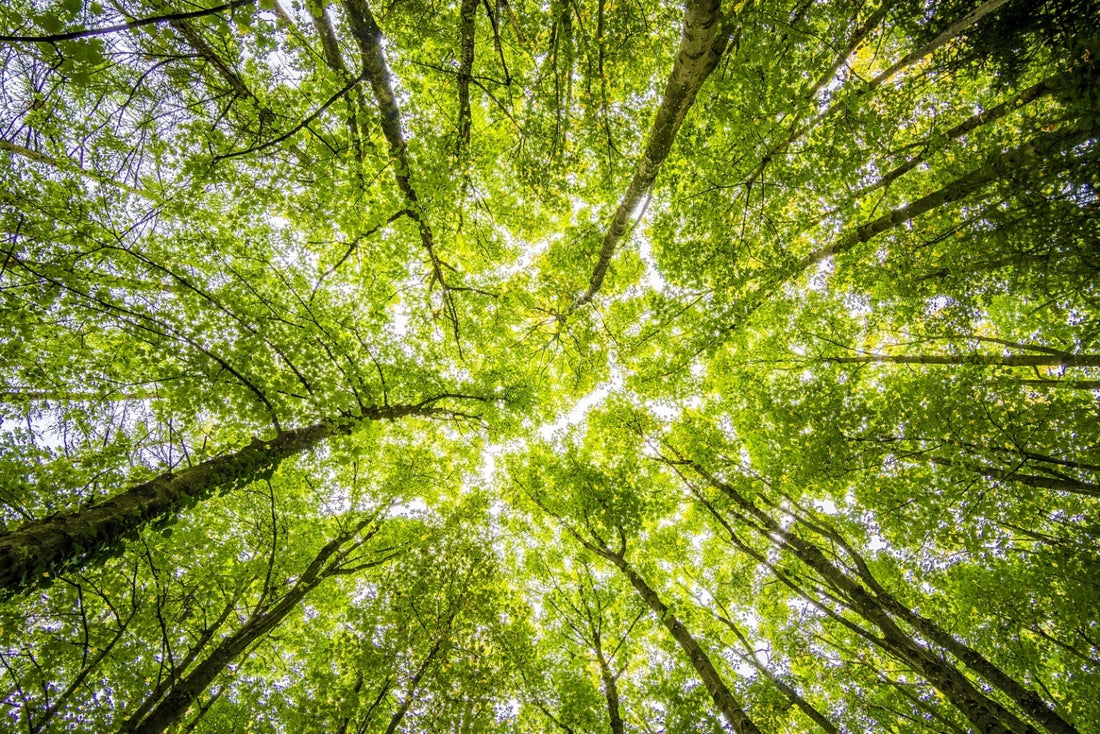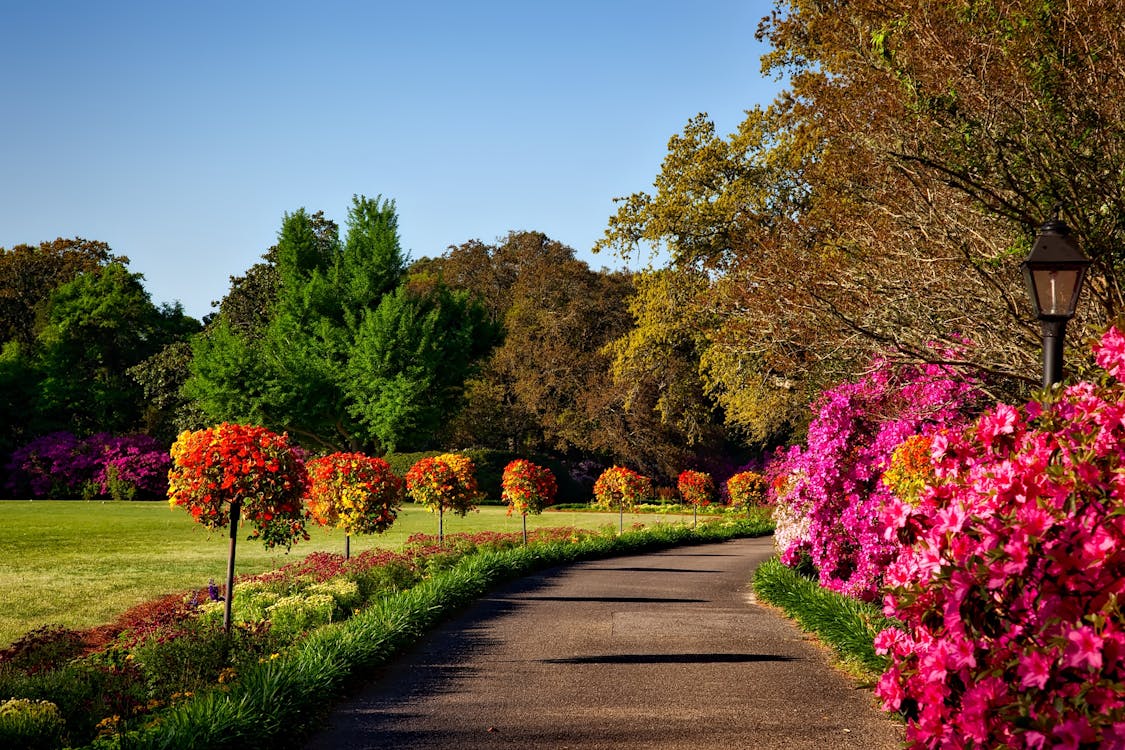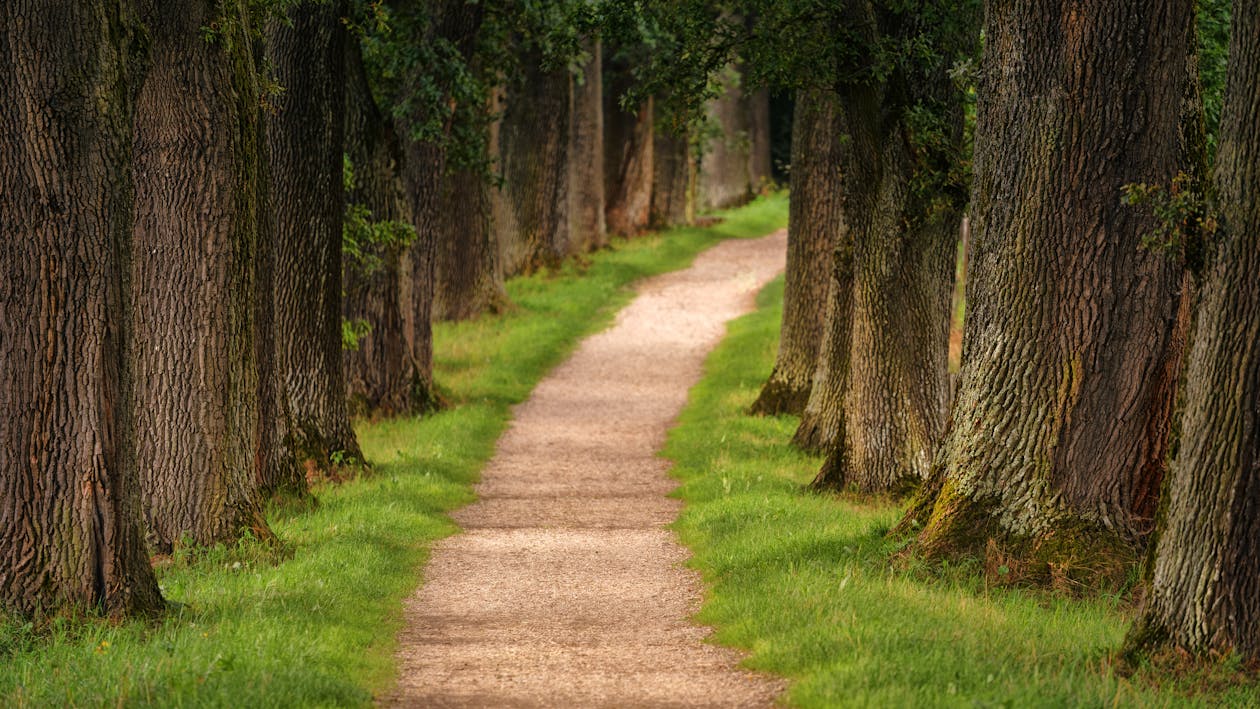
The Beauty of Native Plants: Landscaping with Indigenous Species
Share
In our modern quest for the perfect garden, we often overlook the beauty and benefits of native plants. As stewards of the land, it's crucial to recognize the importance of incorporating indigenous species into our landscapes.
They contribute to the sustainability and biodiversity of our environment and offer a unique charm and resilience that is unmatched by exotic counterparts.
Browse and buy Thuja trees or Thuja green giant seedlings at Thuja Gardens.
At Thuja Gardens, we believe in the power of native plant landscaping. As you embark on your journey to create a vibrant and sustainable garden, consider the myriad benefits of embracing indigenous species.
Join us in celebrating the beauty of native plants and discover how you can transform your outdoor space into a thriving ecosystem.
1. Enhancing Biodiversity
Native plants play a vital role in supporting local ecosystems by providing food and habitat for native wildlife, including birds, butterflies, and bees.
Unlike non-native species, which may struggle to adapt to local conditions, indigenous plants have evolved alongside native wildlife, forming essential relationships that promote biodiversity.
- Native plants attract pollinators such as bees and butterflies, contributing to the health of your garden ecosystem.
- By planting a variety of native species, you create a diverse habitat that supports a wide range of wildlife, from insects to birds and small mammals.
2. Conserving Water and Reducing Maintenance
One of the most significant advantages of native plant landscaping is its ability to conserve water and reduce the need for maintenance. Unlike exotic plants, which often require extensive watering and fertilization, native species are well-adapted to local climate conditions, requiring minimal intervention once established.
- Native plants have deep root systems that help prevent soil erosion and retain moisture, reducing the need for irrigation.
- Because they are naturally suited to local soil and climate conditions, native plants typically require less fertilizer and pesticide, resulting in a healthier and more sustainable garden environment.
Explore our wide selection of native species, including American pillar seedlings and Japanese stewartia at Thuja Gardens.
3. Creating a Sense of Place

Incorporating native plants into your landscape design allows you to connect with the natural beauty and heritage of your region. Whether you're inspired by the rugged landscapes of the American West or the lush forests of the Southeast, native plants offer a sense of place that cannot be replicated by exotic species.
- Native plants evoke a sense of nostalgia and belonging, reminding us of the landscapes that define our local communities.
- By incorporating indigenous species into your garden, you celebrate the unique biodiversity and cultural heritage of your region.
4. Supporting Conservation Efforts
Supporting conservation efforts through native plant landscaping is not just about creating a visually appealing garden; it's about making a tangible difference in the health of our ecosystems. The significance of this aspect cannot be overstated, as native plant species face numerous threats that endanger their existence.
Habitat Loss:
One of the primary threats to native plants is habitat loss due to urbanization, agriculture, and other human activities. As natural areas are converted into developed land, native plant populations diminish, leading to a loss of biodiversity and disruption of ecosystem functions.
By incorporating native plants into our landscapes, we can help recreate and preserve essential habitats for these species, providing refuge and resources for wildlife.
Invasive Species:
Invasive species pose a significant threat to native plant communities by outcompeting indigenous species for resources and disrupting ecological balance. These non-native plants often lack natural predators or diseases that would control their populations in their native habitats, allowing them to spread rapidly and outcompete native flora.
By choosing native plants over invasive species in our gardens, we can help prevent the spread of invasive species and protect the integrity of local ecosystems.
Ready to shop for Thuja trees or Thuja green giant seedlings? Visit Thuja Gardens today.
Conservation Initiatives:
Supporting native plant nurseries like Thuja Gardens is a direct way to contribute to conservation efforts. By purchasing native plants from reputable sources, you ensure that the plants are ethically sourced and propagated, helping to preserve genetic diversity and promote the survival of native species.
Additionally, many nurseries participate in conservation programs aimed at restoring native plant populations in their natural habitats, furthering their impact on conservation efforts.
Creating Habitat:
Native plants are a source of food and habitat for native wildlife, including small mammals, insects, and birds. By nurturing native species in our gardens, we create interconnected corridors of habitat that support wildlife movement and population dynamics.
This benefits the wildlife directly and enhances ecosystem services such as pollination, seed dispersal, and pest control, contributing to the overall health and resilience of our natural environment.
Long-Term Impact:
The conservation benefits of native plant landscaping extend far beyond individual gardens. By collectively choosing native plants and creating interconnected networks of native habitats, we can create a mosaic of biodiversity that spans urban, suburban, and rural landscapes.
This interconnectedness is essential for the long-term health and resilience of ecosystems, allowing for adaptation to environmental changes and mitigating the impacts of habitat fragmentation and climate change.

Landscaping with native plants offers a multitude of benefits for both the environment and the gardener. From enhancing biodiversity and conserving water to creating a sense of place and supporting conservation efforts, indigenous species provide a sustainable and aesthetically pleasing alternative to exotic plants.
As you embark on your gardening journey, we invite you to explore the beauty and versatility of native plants and discover the endless possibilities for creating a vibrant and resilient landscape.
Ready to shop Thuja trees or Thuja green giant seedlings for your native plant landscaping project? Visit Thuja Gardens today and explore our wide selection of native species, including American pillar seedlings and Japanese stewartia.
Let's cultivate a greener future together, one native plant at a time.
